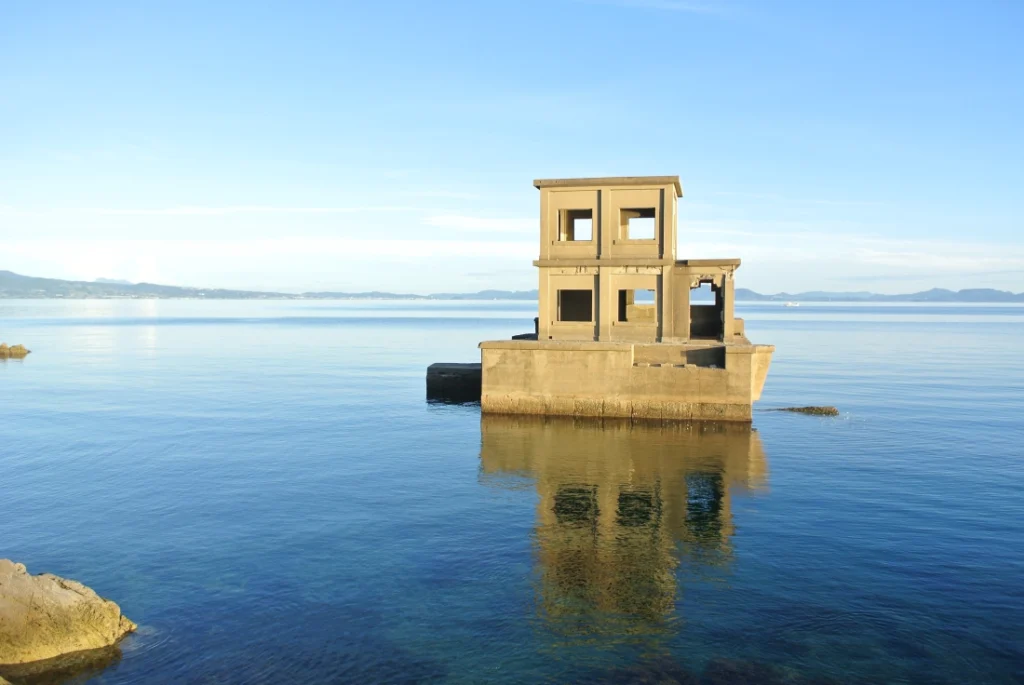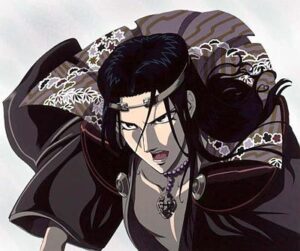Dark History of Nagasaki, Japan
The A-Bomb, WWII and War
Everyone knows about Hiroshima (the bigger of the 2 bombings in WWII) but Nagasaki is often forgotten. Link to detailed History. There are some other historic sites I’d recommend in Nagasaki Prefecture related to this:
- An Abandoned Torpedo Test Site
- Nagasaki Peace Park
- Nagasaki Atomic Bomb Museum – Similar to the one in Hiroshima
See the Map below for other things in the Nagasaki Area as well as a potential cycling route to see them all.
Prosecution of Religion and Mount Unzen
Long before the atomic bomb was dropped, Nagasaki was famous for being Japan’s beacon to the west. Chinese, Portuguese, and Dutch traders have all passed through Nagasaki’s harbor and imparted a part of their culture along the way. Portuguese sponge cake called castera is still sold today as a Nagasaki staple. Dejima warf is a downtown tourist hot spot constructed to look like a 16th Century Dutch market, and Nagasaki’s China Town is Japan’s oldest and most vibrant. – National Geo.
Along with Western influence came its religion. Christianity came to Nagasaki in 1543 with a Jesuit missionary by the name of Francis Xavier. The majority of the country practiced Buddhism and Shintoism. Christianity was introduced to Japan by Portuguese and Spanish missionaries, and it gained some popularity among the Japanese population. However, fearing the influence of Christianity and foreign powers, the ruling authorities, particularly the Tokugawa Shogunate, implemented strict measures to suppress the religion.
In 1597, a group of 26 Christians, including missionaries and converts, were arrested in Nagasaki and brought to the nearby Mount Unzen. They were brutally executed by being tied to crosses and thrown into the boiling hot waters of the Unzen volcanic springs. This act was intended to deter the spread of Christianity and serve as a warning to those who practiced the faith.
The Shimabara Rebellion
The oppressive treatment of Christians, along with the socio-economic grievances, led to a widespread discontent that culminated in the Shimabara Rebellion. Under the leadership of a charismatic 16-year-old Christian named Amakusa Shiro, the rebels took control of Hara Castle in the Shimabara Peninsula. The castle became the focal point of the rebellion, with the rebels using it as a stronghold against the shogunate forces.
The rebellion was ultimately crushed by the Tokugawa Shogunate, with a massive force that included professional samurai and the assistance of Dutch naval forces. The defeat of the rebellion further intensified the persecution of Christians in Japan, leading to even stricter measures against the religion and its followers.
One of my Favourite Anime’s Rurouni Kenshin / Samura X has their whole arc: Shimabara Arc based on this brief history of Christians and Rebellion in Nagasaki area: Amakusa Shogo is a fictional character from the manga and anime series “Rurouni Kenshin” created by Nobuhiro Watsuki. The character of Amakusa Shogo in “Rurouni Kenshin” draws inspiration from historical figures and events, including the Shimabara Rebellion. In the story, Amakusa Shogo is portrayed as the leader of a group called the “Juppongatana,” a group of skilled warriors with diverse abilities. Amakusa Shogo seeks revenge against the Meiji government for their role in suppressing the Christian population and the Shimabara Rebellion.
Other Points of Interest
November 17, 1990, Mount Unzen erupted generating a pyroclastic flow. The eruptions of Mount Unzen caused significant destruction and loss of life. More than 40 people died, including scientists and journalists, and thousands of residents were evacuated from their homes. The volcanic activity also had a substantial impact on the local economy, tourism, and infrastructure.














